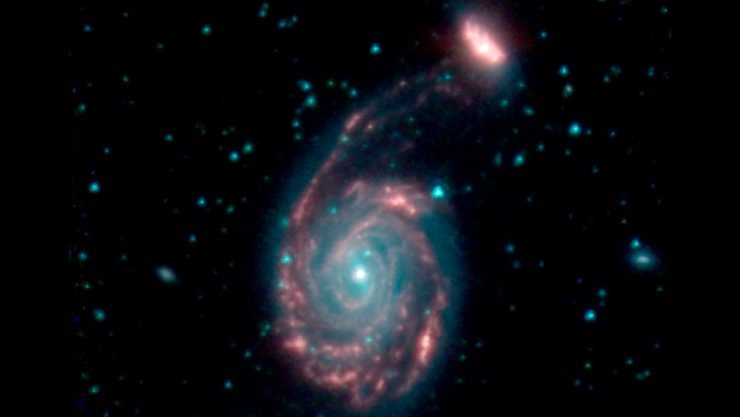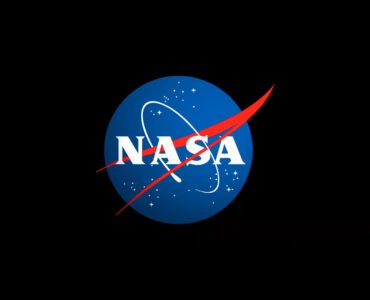NASA missions are the epitome of engineering, computer science and innovation. Its program for studying distant galaxy systems and movements of galaxies is truly awe inspiring. NASA is not only the best of the United States it represents our best aspirations as human kind.
In this recent news release, three images from NASA’s Spitzer Space Telescope show pairs of galaxies on the cusp of cosmic consolidations. Though the galaxies appear separate now, gravity is pulling them together, and soon they will combine to form a new one-merged galaxy. Some merged galaxies will experience billions of years of growth. For others, however, the merger will kick off processes that eventually halt star formation, dooming the galaxies to wither prematurely.
Only a few percent of galaxies in the nearby universe are merging, but galaxy mergers were more common between 6 billion and 10 billion years ago, and these processes profoundly shaped our modern galactic landscape. For more than 10 years, scientists working on the Great Observatories All-sky LIRG Survey, or GOALS, have been using nearby galaxies to study the details of galaxy mergers and to use them as local laboratories for that earlier period in the universe’s history. The survey has focused on 200 nearby objects, including many galaxies in various stages of merging. The images above show three of those targets, imaged by Spitzer.
In these images, different colors correspond to different wavelengths of infrared light, which are not visible to the human eye. Blue corresponds to 3.6 microns, and green corresponds to 4.5 microns – both strongly emitted by stars. Red corresponds to 8.0 microns, a wavelength mostly emitted by dust.
One of the primary processes thought to be responsible for a sudden halt in star formation inside a merged galaxy is an overfed black hole. At the center of most galaxies lies a supermassive black hole – a powerful beast millions to billions of times more massive than the Sun. During a galactic merger, gas and dust are driven into the center of the galaxy, where they help make young stars and also feed the central black hole.
But this sudden burst of activity can create an unstable environment. Shockwaves or powerful winds produced by the growing black hole can sweep through the galaxy, ejecting large quantities of gas and shutting down star formation. Sufficiently powerful or repetitive outflows can hinder the galaxy’s ability to make new stars.
The relationship between mergers, bursts of star formation, and black hole activity is complex, and scientists are still working to understand it fully. One of the newly merged galaxies is the subject of a detailed study with the W.M. Keck Observatory in Hawaii, in which GOALS scientists searched for galactic shockwaves driven by the central active galactic nucleus, an extremely bright object powered by a supermassive black hole feeding on material around it. The lack of shock signatures suggests that the role of active galactic nuclei in shaping galaxy growth during a merger may not be straightforward.
Hard to believe, there are people who think that NASA is frivolous spending.
NASA’s total budget represents less than half (1/2) percent of the total Government spending budget.
All this science and research giving our existence a purpose that is greater than our primal instincts – all of it comes from this ½ percent investment, and it is this investment that has made United States a leading nation in the field of science.
Imagine for a moment if all the nations of the world competed with each other in space exploration as we compete in military prowess where the humankind would be today.
It is intriguing how this space technology is evolving and impacting our lives.
I try to post about science and technology news on my website, one for referencing back when you are writing something or researching, and two to share with everyone.
If you like this story you should check out some of the other stories in the Space
To check the original story Click here







